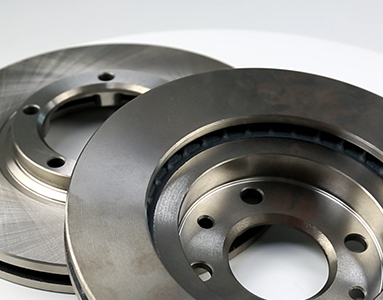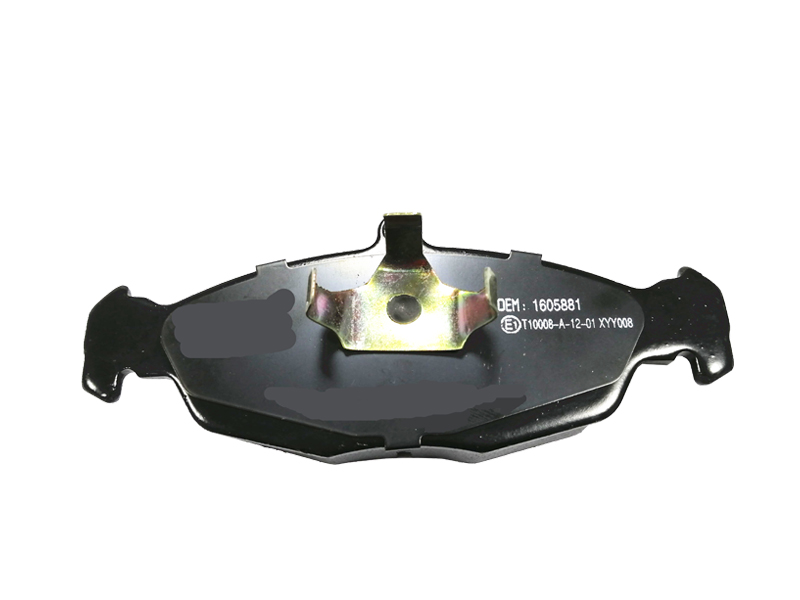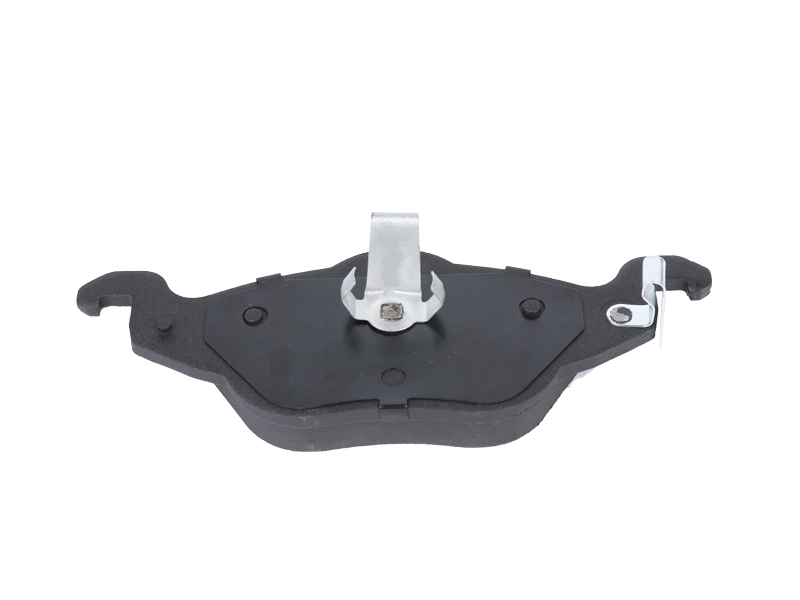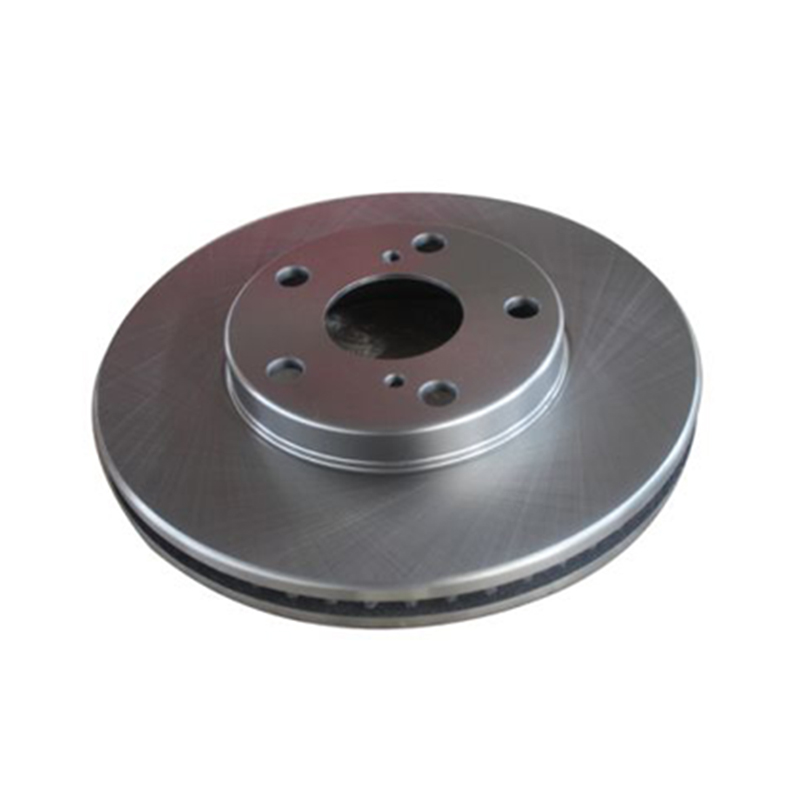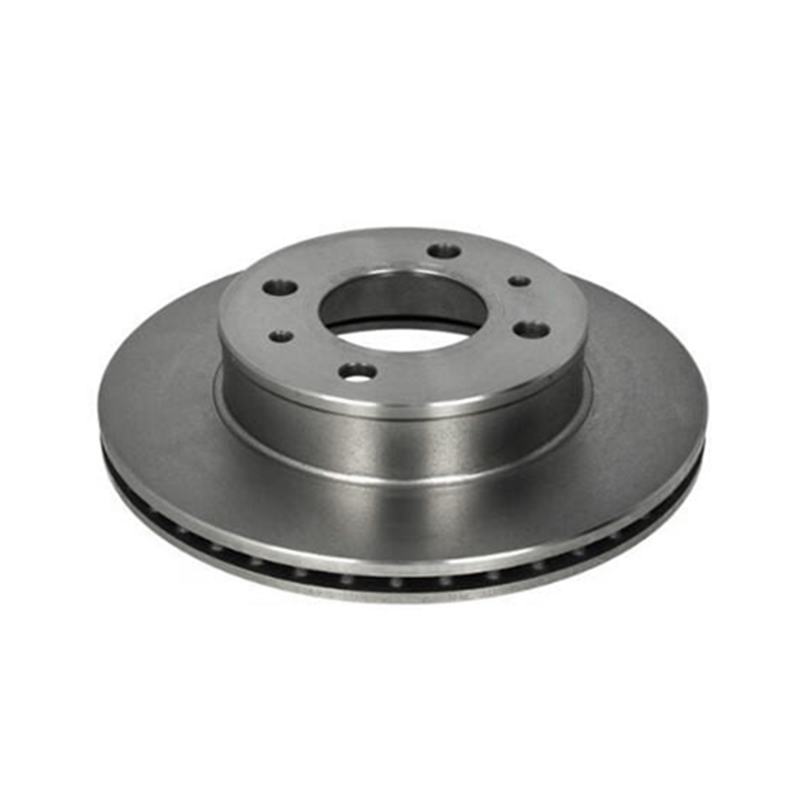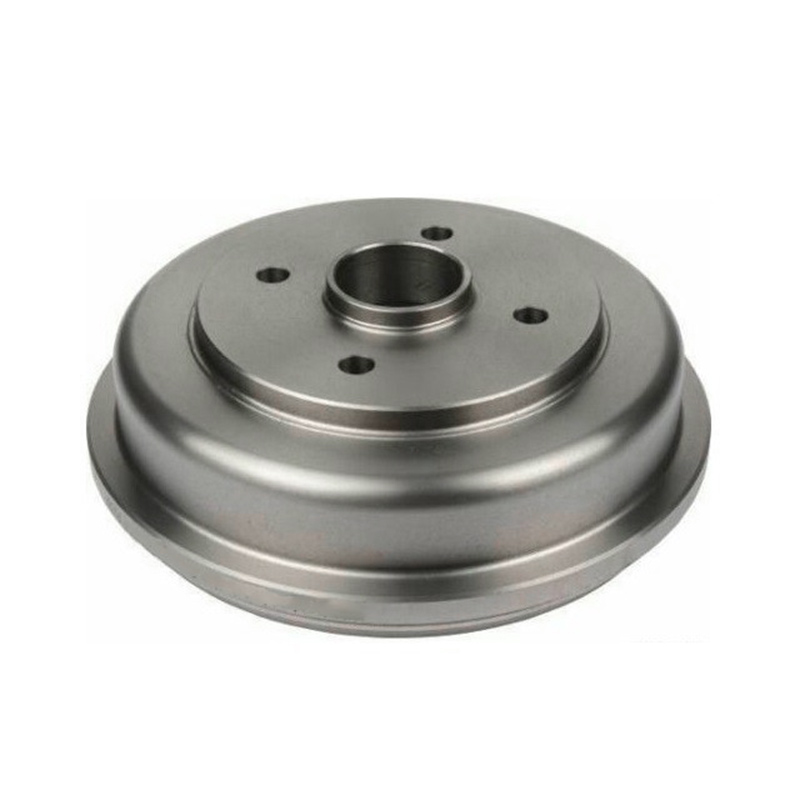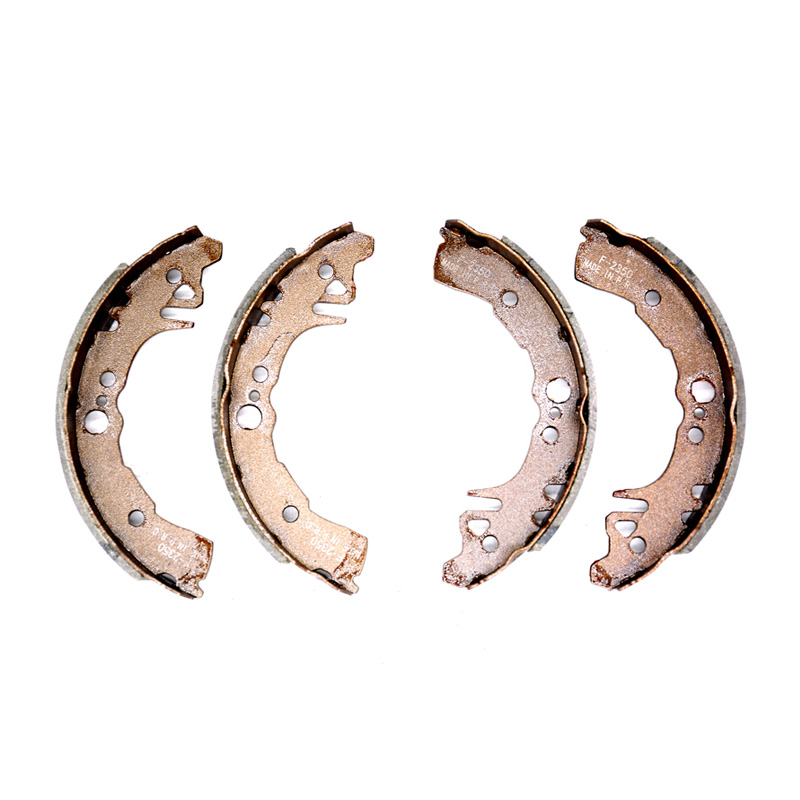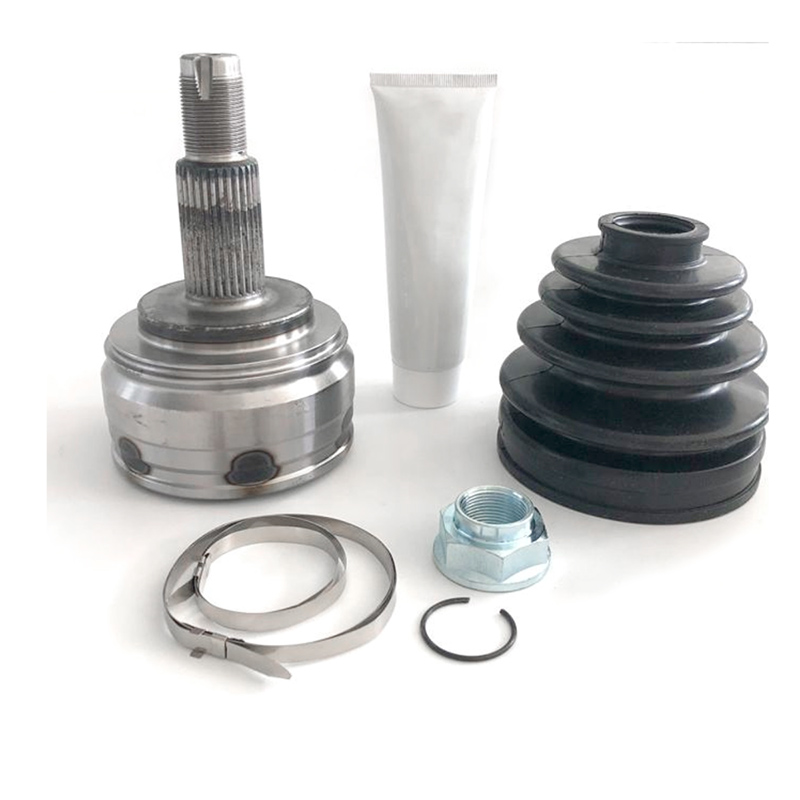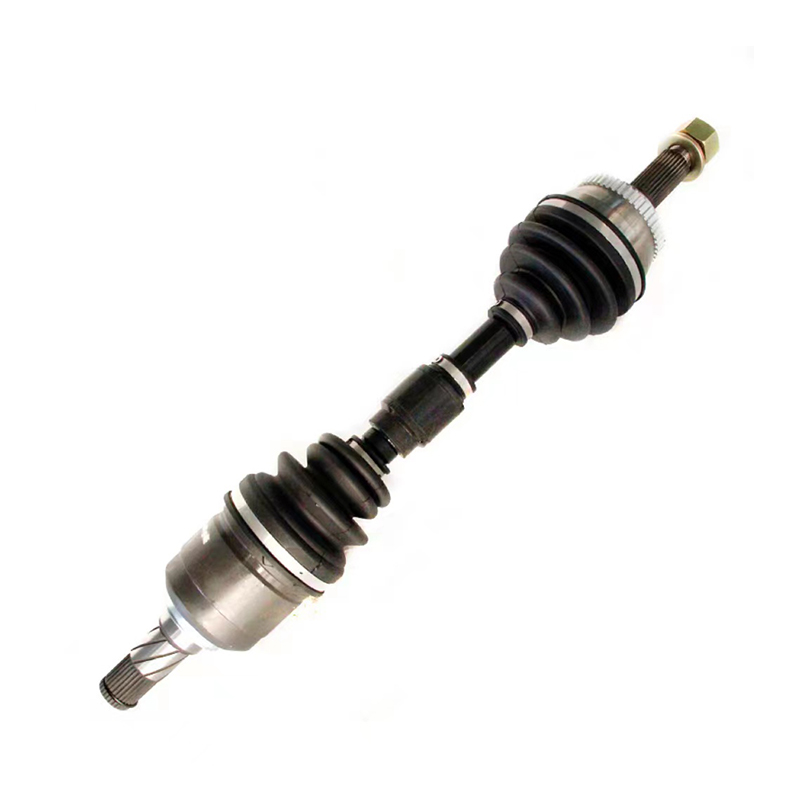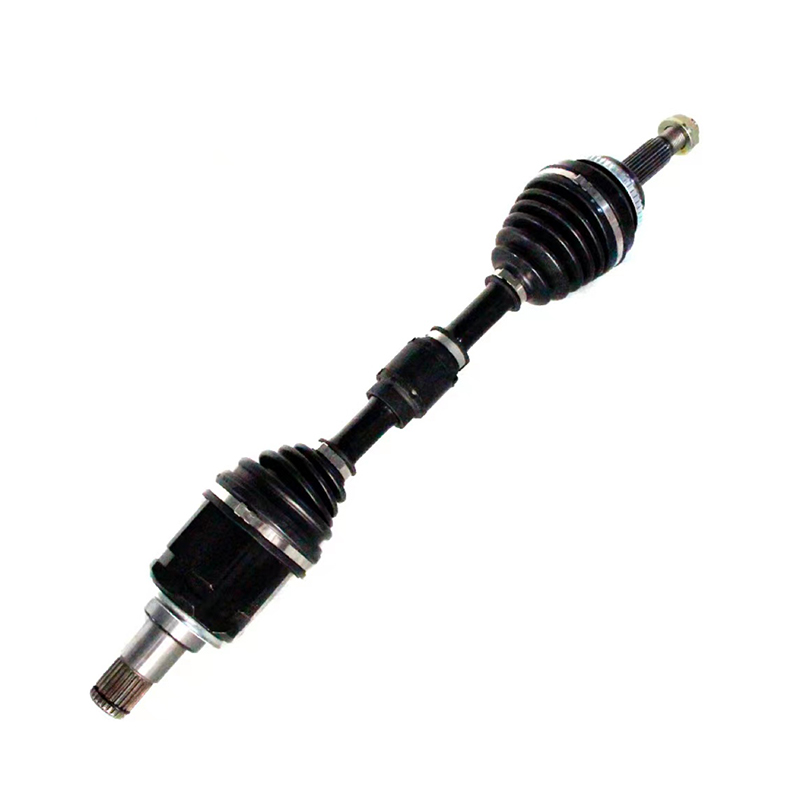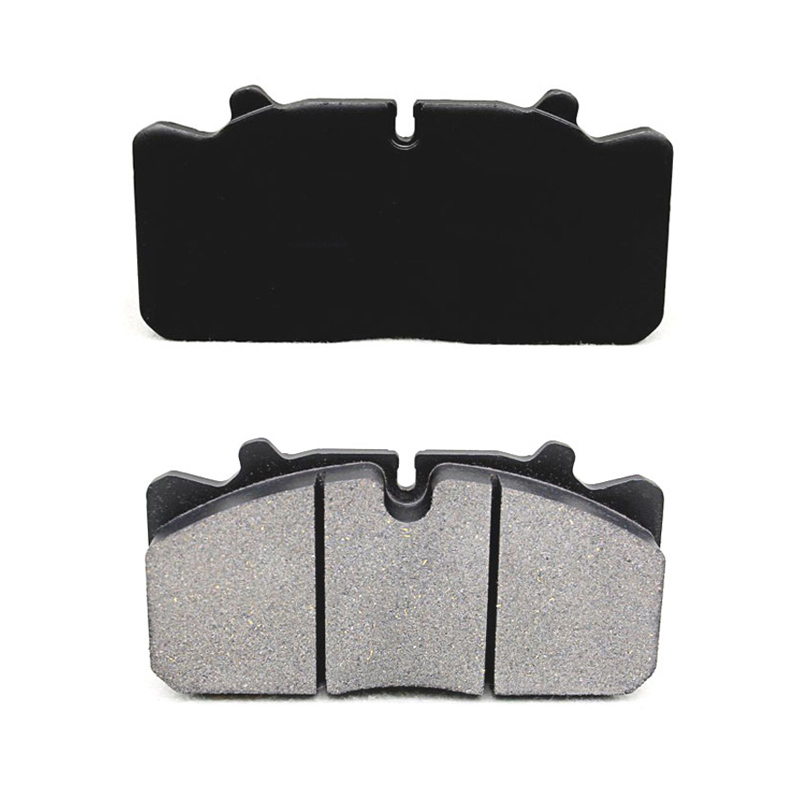If a
brake disc is exposed to high temperatures for an extended period, it can lead to several issues and potentially compromise the performance and safety of the braking system. Here are some consequences of prolonged exposure to high temperatures:
Heat Cracks:
Explanation: Excessive heat can cause thermal stress on the brake disc, leading to the formation of heat cracks. These cracks can compromise the structural integrity of the disc and may propagate over time.
Warped Brake Discs:
Explanation: Prolonged exposure to high temperatures, especially during heavy braking, can cause the brake disc to warp. Warping results in an uneven surface, leading to vibrations, pulsation, and decreased braking efficiency.
Material Glazing:
Explanation: High temperatures can cause the brake pad material to transfer onto the brake disc, creating a glazed surface. This glazing reduces the effectiveness of the braking system, leading to decreased friction and compromised stopping power.
Reduced Friction Coefficient:
Explanation: Extreme heat can alter the surface composition of the brake disc, reducing its friction coefficient. A lower friction coefficient diminishes the brake's ability to convert kinetic energy into heat efficiently.
Brake Fade:
Explanation: Prolonged exposure to high temperatures can contribute to brake fade, a phenomenon where the braking efficiency decreases over time. This can result in a longer stopping distance and reduced control.
Thermal Runout:
Explanation: Thermal runout occurs when the temperature difference between different areas of the brake disc causes uneven expansion and contraction. This can lead to variations in disc thickness and contribute to brake pedal pulsation.
Hard Spots:
Explanation: High temperatures can create localized hard spots on the brake disc's surface. These hard spots can contribute to uneven wear, vibration, and noise during braking.
Reduced Longevity:
Explanation: Prolonged exposure to high temperatures accelerates the wear and aging of brake disc materials, reducing their overall lifespan. This can lead to more frequent replacements and increased maintenance costs.
Material Degradation:
Explanation: Excessive heat can cause the metallurgical structure of the brake disc to deteriorate. This degradation may manifest as changes in hardness, microcracks, or other structural weaknesses.
Risk of Brake System Failure:
Explanation: If the brake disc is severely compromised by heat-related issues, there is an increased risk of brake system failure, especially during critical braking situations. This poses a significant safety hazard for the driver and passengers.
To mitigate the effects of high temperatures on brake discs, it's essential to practice responsible driving habits, avoid prolonged or heavy braking, and ensure that the braking system is properly maintained. Adequate ventilation, cooling systems, and high-quality brake components can also help manage heat during braking and maintain the optimal performance of the braking system. Regular inspections and addressing any signs of brake disc issues promptly are crucial for vehicle safety.
